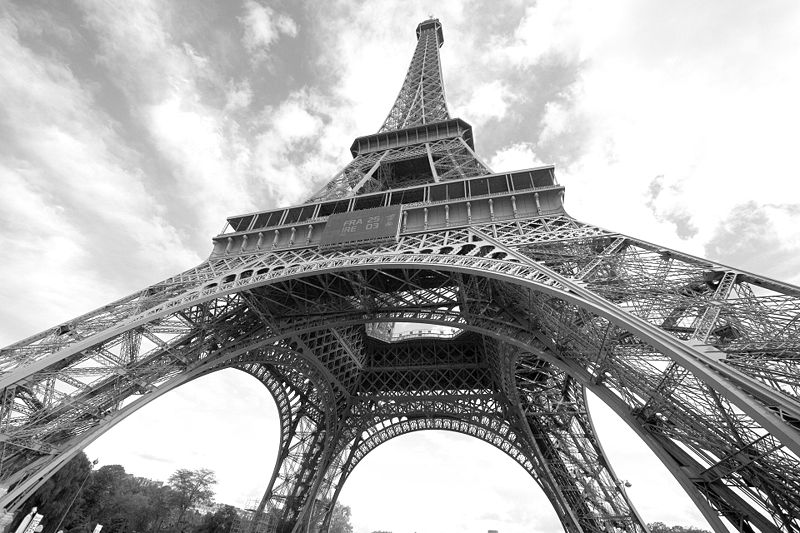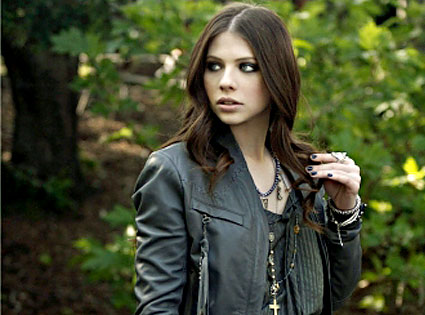I am going to talk you through all of the different shots that can be used in media and talk about how or where it may be used in filming giving you examples of the shots through images. Most of the shots in this list are all shots that can be used in thriller opening some more than others for examples close ups to show facial expressions , point of view and over the shoulder shots will be very effective just to name a few.
Long shot- This is the angle which offers a realistic scale of a human or object , the shot also offers some detail if what is behind the character and the effect of a shot like this is to make it look more realistic and to see more of the surroundings.
Extreme long shot- Used to establish a scene or mood and you often find this shot used in action adventure films and this shot is effective in giving you a chance to see more of the scenery.
Close up- When you just want to focus on a characters face or an object you would use a close up and you would use this shot because this shot best shows the emotion of the character so you can tell how they are feeling.
Extreme close up- This is similar to a close up but usually fits the whole frame , the audience can only see a feature of a character or a object e.g. the eyes.
Establishing shot-A shot that establishes the scene , often giving the viewer information about where the scene is set, is often a wide/long shot at the beginning of the scene.
Point of view- This shot is filmed to show what a character will be able to see hence the name of the shot point of view the effect of having a shot like this would be that it gives you an insight into what the character can see .
Over the shoulder shot- From this shot you can expect to watch the action as if you are the character who's shoulder the camera is over this can also give you the sense that the character is being followed.
Birds eye view- The angle from up above and shows you what the scene looks like from above and this gives you a summary of the scene showing where various characters are.
Low angle- This shot is filmed at ground level, looking up at an object or character.Used to make an character look bigger and more superior.
High angle- Similar to a birds eye view however a crane will be used to show the shot above of a character or an object and this shot is used to make a character look/feel small and vulnerable.
Middle shot- Shown the character from the waist up with a little bit of a zoom and this is so the audience can see the characters body language and what is around them
Panoramic- This angle uses a series of photographs to create a wide shot this a way of getting a detailed shot and establishing the scene.
Reaction shot- A shot that shows the reaction of a character either to another character or an event within the sequence.
Overhead shot- A type of camera shot in which the camera is positioned above the character, action or object being filmed.






No comments:
Post a Comment